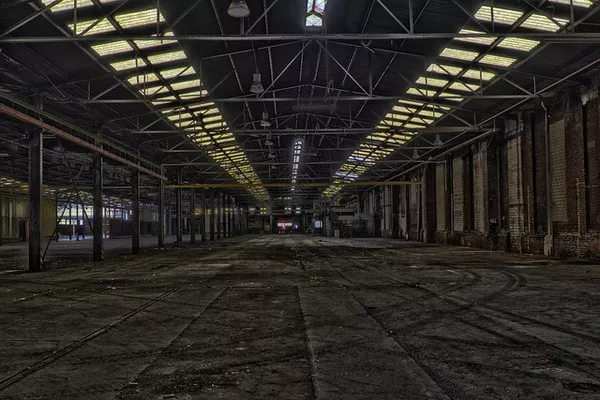Stalled grid investments across the globe are presenting a significant obstacle to the expansion of renewable energy sources, potentially jeopardizing efforts to mitigate climate change, warns the International Energy Agency (IEA). According to a report released by the Paris-based organization, the current capacity to connect and transmit electricity is lagging behind the rapid proliferation of clean energy technologies, including solar and wind power, electric vehicles, and heat pumps, all designed to reduce dependence on fossil fuels.
In an interview with The Associated Press, IEA Executive Director Fatih Birol emphasized that a backlog of renewable projects awaits approval to integrate into existing grids. These stalled projects have the potential to generate 1,500 gigawatts of power, an amount equivalent to five times the global additions of solar and wind capacity last year. Birol likened the situation to manufacturing a high-performance car while neglecting to build the necessary roads to drive it on.
If the current spending on grid development persists, it could substantially diminish the likelihood of meeting the global climate goal of limiting the average temperature increase to 1.5 degrees Celsius above pre-industrial levels, as established in the 2015 Paris climate accords, cautioned Birol.
The IEA’s evaluation of electricity grids worldwide indicates that achieving the climate targets set by governments worldwide will necessitate the addition or refurbishment of 80 million kilometers (50 million miles) of power lines by 2040—an amount equivalent to the existing global grid but required in less than two decades.
The report underscores the urgent need to double annual investments in grid infrastructure, urging an increase to over $600 billion per year by 2030.
In several advanced economies, bureaucratic processes can cause substantial delays, with high-voltage overhead power lines taking anywhere from five to 13 years to secure approval. In contrast, the approval process is notably more streamlined in countries like China and India, as per the IEA’s findings.
Specific examples of significant projects facing delays include the South Link transmission project in Germany, originally planned in 2014 but postponed due to opposition to an overhead line. As a result, it will now be completed in 2028 instead of 2022. Similarly, the 400-kilometer Bay of Biscay connector between Spain and France has been pushed back to 2028, from its initial target of 2025. The SunZia high-voltage line to transmit wind power from New Mexico to Arizona and California only commenced construction last month after years of delays.
On the East Coast, the Avangrid line designed to transport hydropower from Canada to New England faced interruptions in 2021 following a statewide referendum in Maine. A court ultimately overturned the referendum, which had initially rejected the project.
The IEA’s report underscores the pressing need to invest in and upgrade electrical grids to accommodate the growing demands of renewable energy sources, or risk undermining global climate goals.

